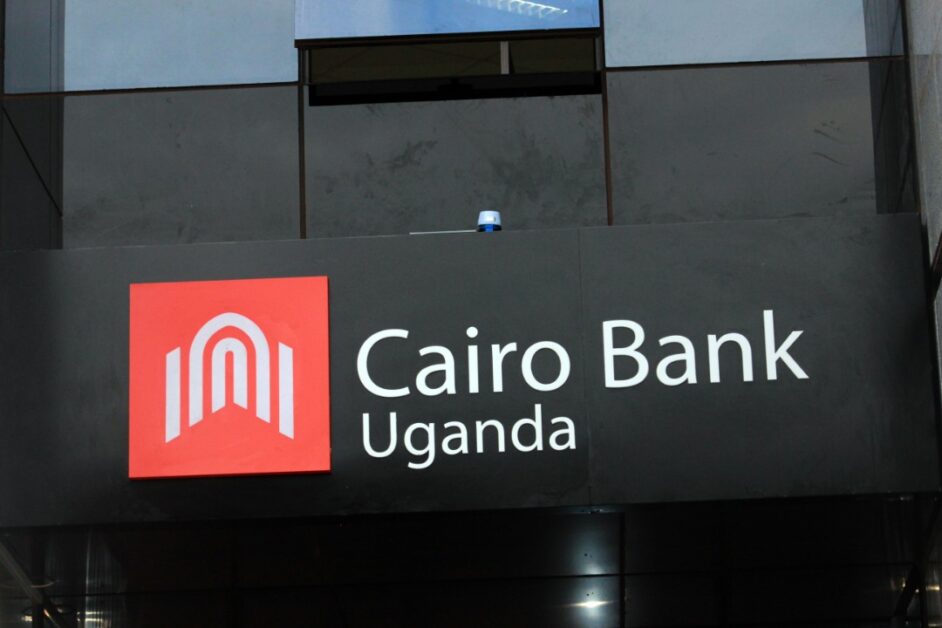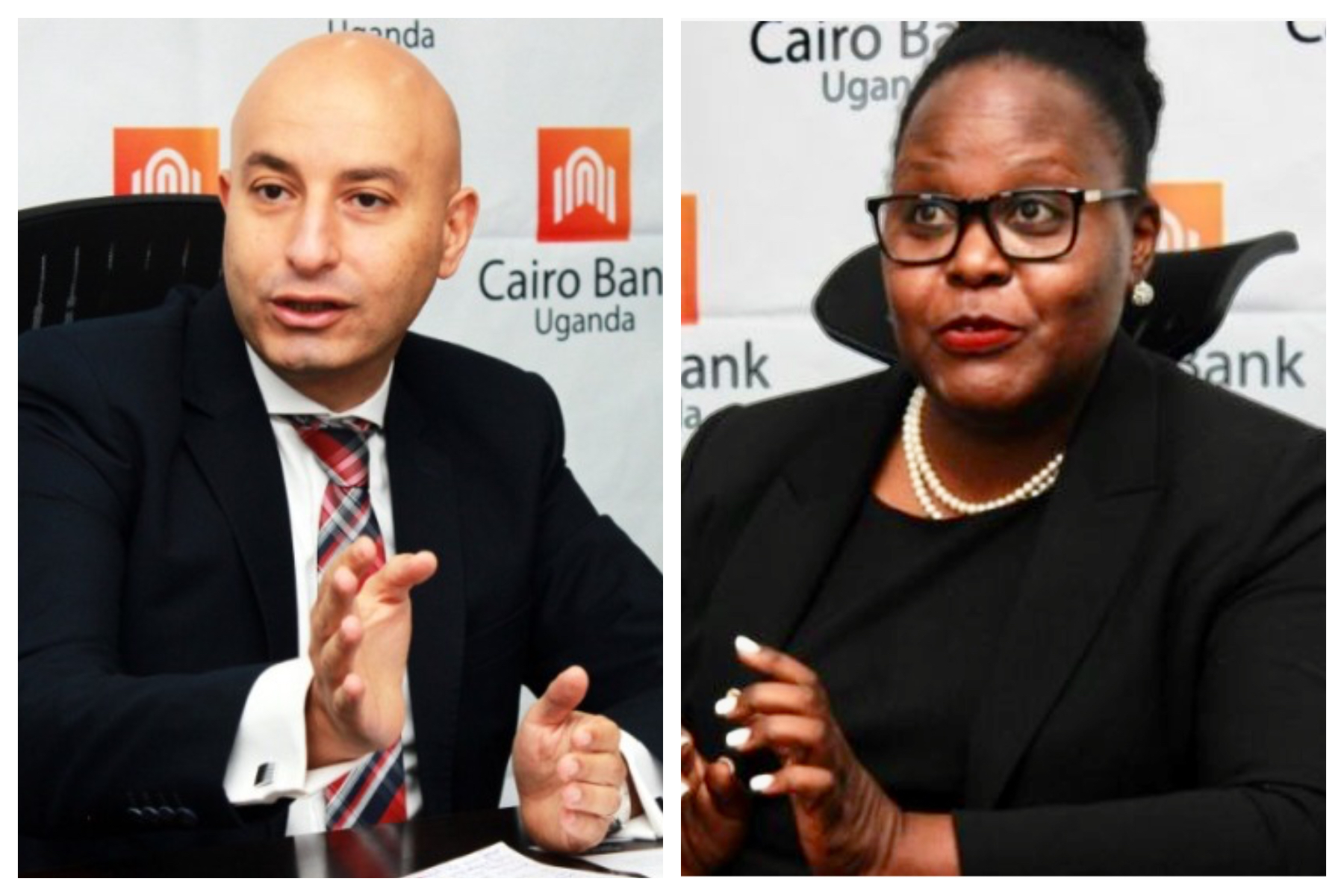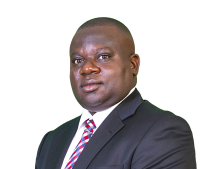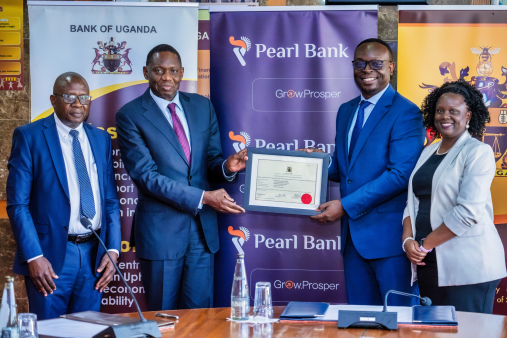Banque Du Caire (BDC), Egypt’s 5th largest bank has fully recapitalised Cairo Bank Uganda as per the revised Bank of Uganda capital buffers, CEO East Africa can exclusively reveal.
Banque Du Caire (BDC) owns 100% of Cairo Bank.
“I do confirm that as of June 2023, Cairo Bank Uganda Ltd was complying with the minimum capital requirements. There was a capital injection from the shareholder Banque du Caire,” Sylvia Jagwe Owachi, the Executive Director of Cairo Bank told CEO East Africa Magazine in an emailed response.
Cairo Bank was one of the undercapitalised banks as per the revised capital buffers in Uganda.
Cairo Bank did not reveal how much money has been injected by their shareholder, but given that as of the end of 2022, Cairo Bank’s share capital was at UGX93.8 billion⏤ UGX56.2 billion short of the required UGX150 billion by the end of June 2024, that would mean that to meet the June 2024 deadline for full recapitalisation, Banque du Caire would have to infuse anywhere above the UGX56.2 billion shortage.
According to Fitch Ratings, Banque du Caire is the fifth-largest bank in Egypt by total assets and the third-largest customer base with more than three million customers.
As of September 2023, the bank had USD12.3 billion in assets, according to published results.
“The recapitalisation of the Bank will support the Bank to focus on continued investment in innovative products for our customers and in turn increase shareholder value,” Sylvia Jagwe Owachi told this reporter.
“In the last few years, we have rolled out several digital products including Internet and Mobile Banking, EMV Debit cards, Schoolpay, Agency banking and we are looking to continue this journey through more innovations and partnerships,” she added.
“Further we are predominantly an SME Bank focused on Growing with our customers. To this end, we have continued to scale up our lending to this segment and are committed to supporting their growth ambitions going forward through various products and remaining flexible and fast to meet their needs. The increase in Capital has resulted in higher Single Obligor Limits for the Bank and we are now targeting Medium Sized Enterprises as well,” Sylvia Jagwe Owachi reiterated.
Cairo Bank Uganda Limited was incorporated in Uganda on 11th July, 1994. The Bank was formerly known as Cairo International Bank and owned by the three leading Egyptian Banks namely; Banque Du Caire, Bank Misr and National Bank of Egypt.
But in 2019, it became a fully owned subsidiary of Banque Du Caire (BDC).
Effective 1st September 2020, Cairo International Bank rebranded to Cairo Bank Uganda Limited with a new brand promise⏤ “Growing with you”.
Uganda increases commercial bank minimum capital requirements by 500%
On the 16th of November 2022, the Financial Institutions (Revision of Minimum Capital Requirements) Instrument 2022 was signed into law by Uganda’s Minister of Finance, Planning and Economic Development (MFPED), Hon. Matia Kasaija. The instrument increased the minimum capital requirements for banks by 6 times or 500% from UGX25 billion (USD 6.7 million) to UGX150 billion (approx USD 40.2 million).
The increment would however be tiered, starting with a minimum capital buffer of UGX120 billion (USD32.2 million) by the 31st of December 2022 and then UGX150 billion by the 30th of June 2024.

Commercial banks are also required to have minimum capital funds unimpaired by losses (core capital) of UGX 120 billion by 31 December 2022, and UGX150 billion by 30 June 2024.
Under the same statutory instrument, minimum capital requirements for credit institutions were also increased by 25 times or 1900% from UGX1 billion (USD268,000) to UGX25 billion (USD6.7 million) by 30th June 2024. Similarly, the increments are tiered, starting with a minimum capital buffer of at least UGX20 billion (USD5.4 million) by the end of December 2022.
Micro-Deposit-taking Institutions were also required to increase their minimum capital to at least UGX8 billion by 31st December 2022 and UGX10 billion by June 2024.
Minimum capital buffers were last revised in 2010 under Financial Institutions (Revision of Minimum Capital Requirements Instrument), 2010.
The Central Bank maintains the revised buffers are long overdue and “intended to match the dynamism of the economy, incentivise shareholder commitment, enable institutions to withstand shocks and to converge with regional peers among whom Uganda effectively has the lowest paid-up capital”.
Banks that did not meet the December 2022 deadline, were required to submit capital restoration plans within forty-five (45) days and to meet the required capital by June 30, 2023 and June 2024, in line with the regulatory framework.
As the June 2024 deadline draws near, the Central Bank has ramped up enforcement.
Bank of Uganda, on January 19th, 2024 placed EFC Uganda Limited under liquidation, revoked its license, and ordered the winding up of its affairs. This, the Central Bank said was due to “significant undercapitalisation and poor corporate governance” which if left unattended to, would be “detrimental to the interests of its depositors”.
By the end of December 2022, growing accumulated losses (UGX22.6 billion) had eroded EFC’s shareholders’ 3-time efforts to save the MDI with a total of nearly UGX20 billion in fresh capital infusions, leaving EFC with only UGX7.91 billion in capital. With existing shareholders unwilling to inject more capital and a buyer taking too long to suffice, the shareholders let EFC die a natural death.
On 18th January 2024 Finance Trust Bank, announced that it had accepted an acquisition of 80% of its shares, by Nigeria’s Access Bank Plc (Access). This is after Finance Trust Bank’s shareholders were reluctant to infuse a fresh UGX120 billion into the bank, following the government of Uganda’s 6fold increment of commercial banking capital buffers.
Just this week, Opportunity Bank confirmed to CEO East Africa Magazine that it was downgrading its tier-1 commercial banking license and would revert to a Microfinance Deposit-taking Institution (MDI).
“Over the last 12 months, Opportunity Bank has comprehensively reviewed its strategic plan, business model, service offerings and target customer market. The outcome of this review shall be a transformed Opportunity Bank that is, with the approval of Bank of Uganda, more customer experience and service-centric,” Owen Spencer Amanya, the financial institution’s Managing Director wrote in an e-mail to CEO East Africa Magazine.
“This change and re-focussing of strategic direction and business model has been determined as a key success factor in ensuring that Opportunity Bank maintains the course on ensuring access and availability of financial services to the underserved and unserved, in a re-alignment with its founding mandate. At an appropriate date, Opportunity Bank shall, with regards to the Bank of Uganda approved strategic changes and associated benefits thereof, make announcements to its current and future customers,” Mr. Amanya added.
As of the end of December 2022, Opportunity Bank’s share capital stood at UGX32 billion and core capital at UGX24.2 billion. That means, Opportunity Bank’s share capital was UGX88 billion short of the required UGX120 billion and would be UGX118 billion short by the June 2024 deadline. The bank’s core capital stood at UGX24.2 billion⏤ UGX95.8 billion short of the revised UGX120 billion at the end of December 2022 and a severe shortage of UGX125.8 billion at the end of June 2024.
To retain its commercial banking license, Opportunity Bank shareholders would have had to inject into the bank a minimum of UGX118 billion.

 Redefining the CFO Role in Oil and Gas: Inside How UNOC’s Emmanuel Mugagga Is Executing Strategy for National Impact
Redefining the CFO Role in Oil and Gas: Inside How UNOC’s Emmanuel Mugagga Is Executing Strategy for National Impact


